Prokaryotic
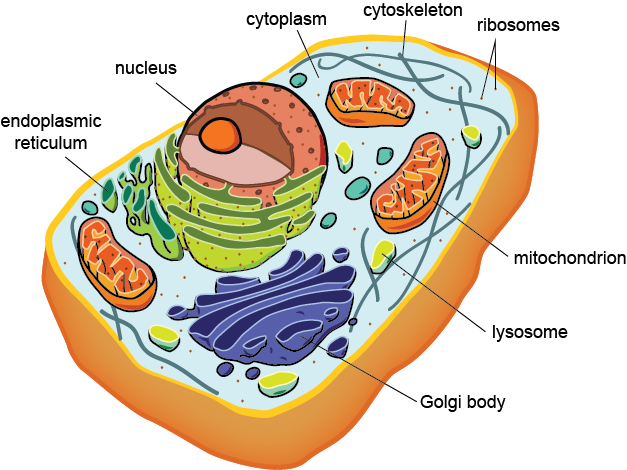
Eukaryotes
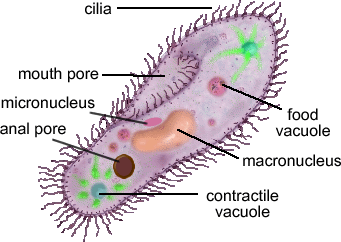
Protists
Plant-Like Protists
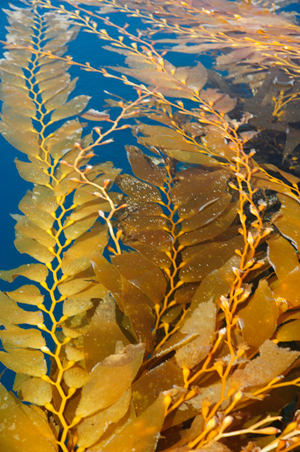
Brown Algae

Green ALgae

Red Algae
Animal-Like Protists

Zooflagellates

Ciliates

Sarcodines

Sporozoans
Fungus-Like Protists
Water-Molds
Slime-Molds
Plants
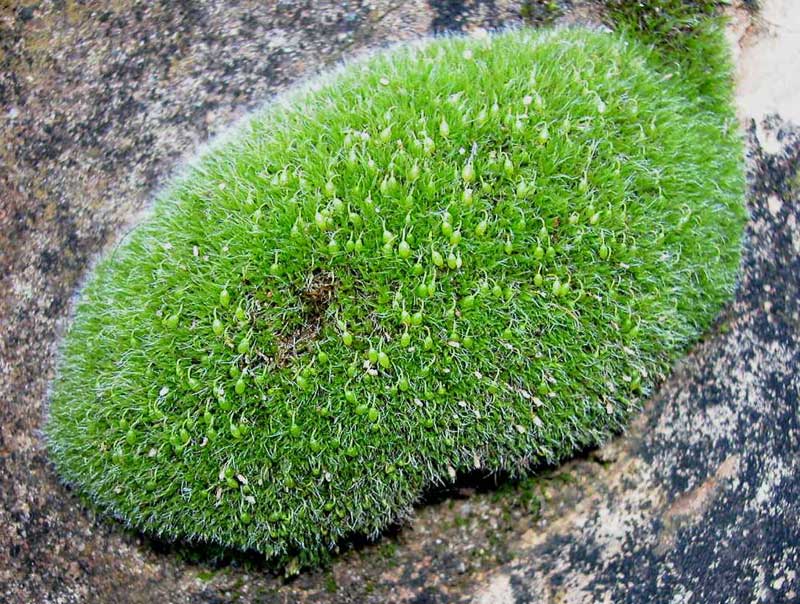
Bryophytes

Seedless

Vascular
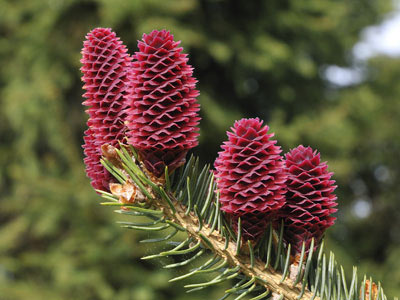
Gymnosperms

Angiosperm
FUngi
Major Phyla
Chytridiomycota
Frogs
Zygomycota
Bread Molds
Ascomycota

Sac Fungi
Basiciomycota
Mushrooms
Animals
Arthopods
Sub Phyla
Checicerates
spiders
Uniramia
butterflies
Crustacea
crabs
Chordates
Vertabrata
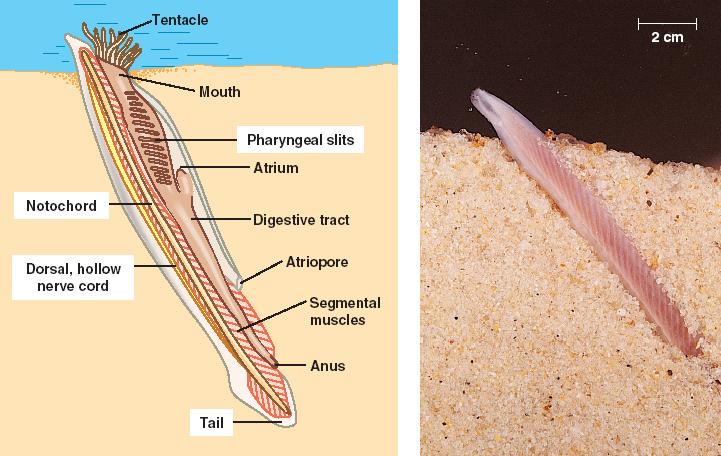
Cephalochardata
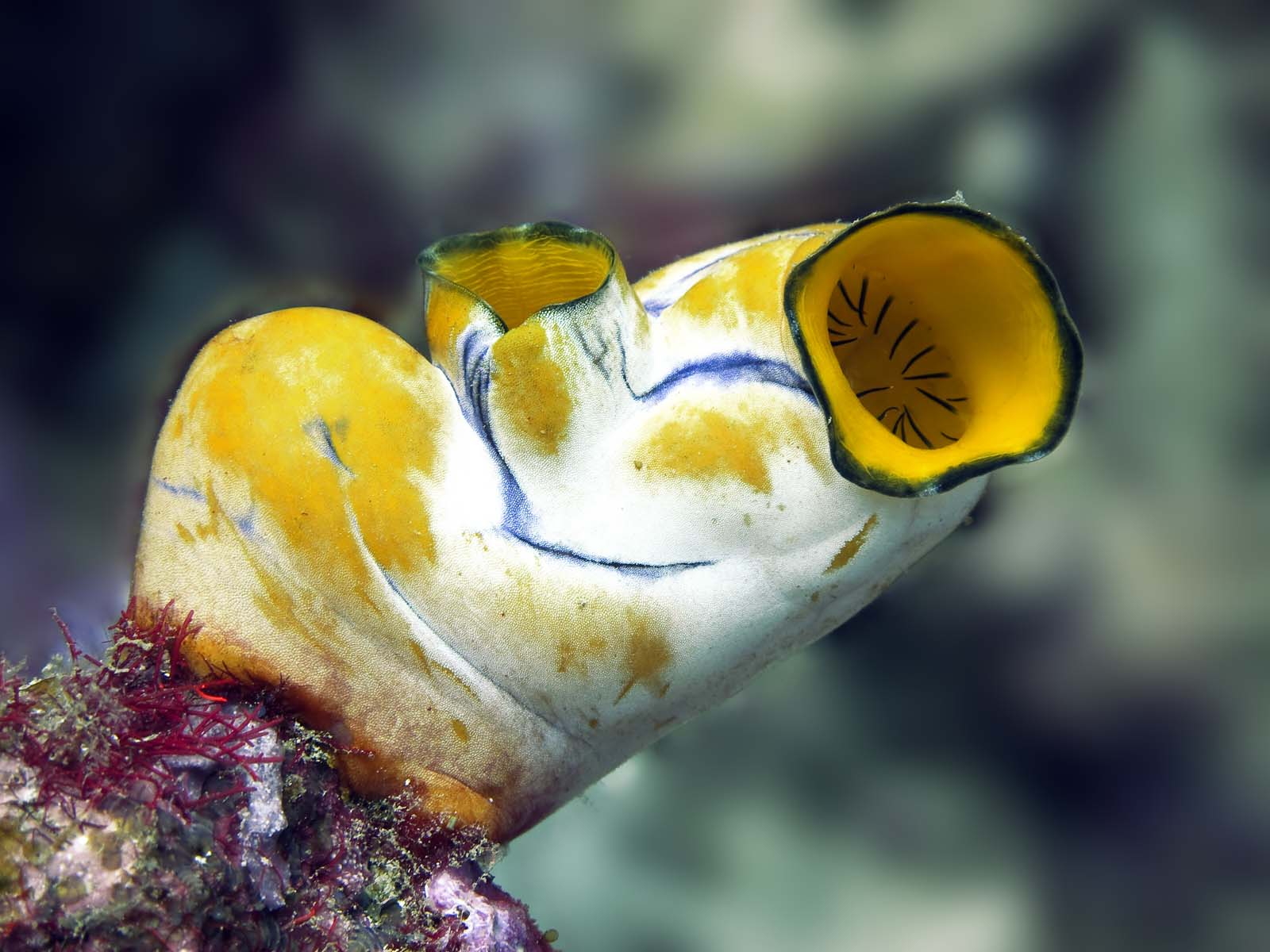
Urchordata
Mammals
Morsupials
Monotrems
Placentals
Vertabrates

agnatha (jawless)
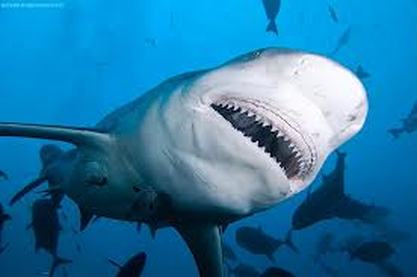
chondrionthyes
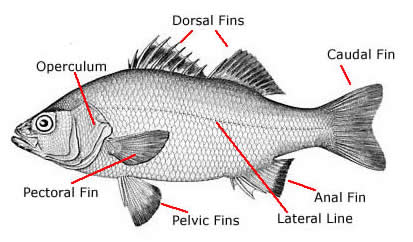
osteichthyes

Amphibia
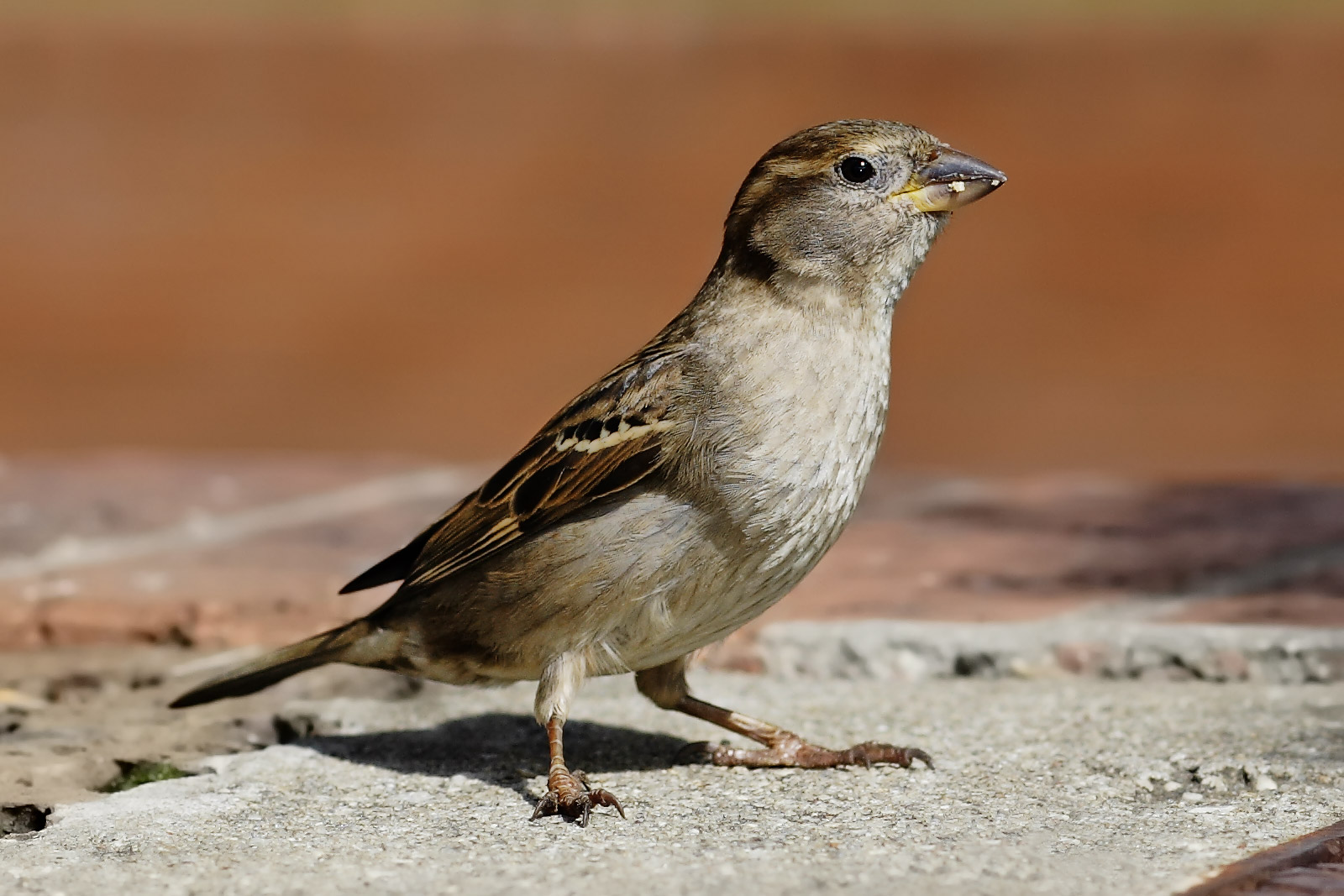
aves
Major Phyla
Porifea
Cnidaria
Mollusca
Phatyhelminthes
Nementoda
Annelida
Echindoermata
arthopoda
chordates

Archae
Archaebacteria
Proteoarcheaeota

Bacteria
Eubacteria
Major Morphologies
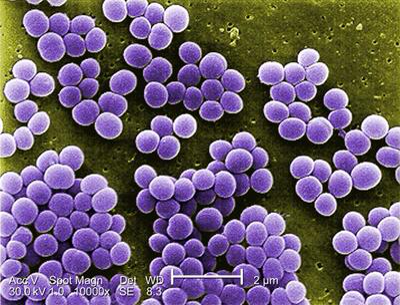
Coccus
Staphylococcus Aureus

Bacillus
Bacillus Anthracis
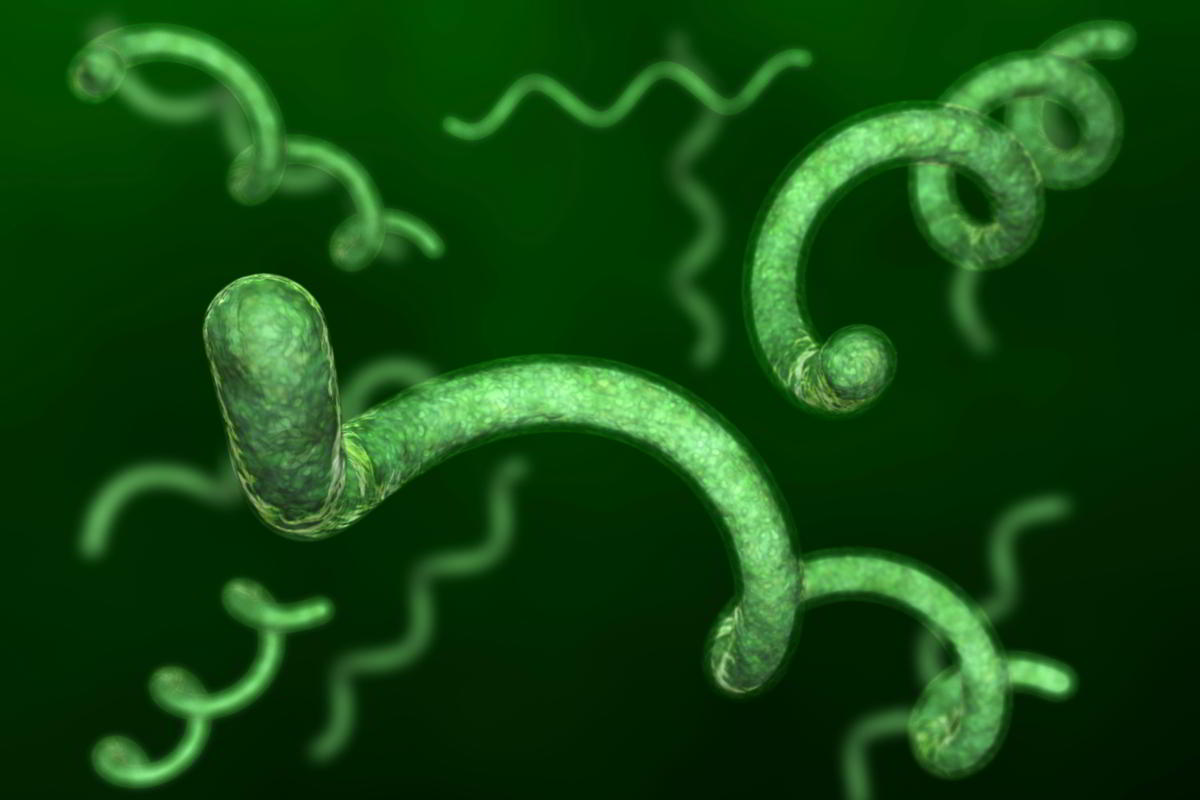
Spirillum
Mice-Rats
